The New Generation Ford Everest is designed to provide customers with the most comfortable and refined interior ever. Innovative aerodynamic design reduces wind noise and reduces cabin noise to a comfortable level.

The New Generation Ford Everest is designed to bring customers the most comfortable and sophisticated interior ever.
“We wanted the Everest to be solid on the outside and quiet on the inside,” said David Grice, chief platform engineer for the Ranger and Everest. “We wanted the driver to be able to have a conversation with those in the third row without raising their voices – so we spent a lot of time looking at ways to eliminate unwanted noise sources in the cabin.”
Wind noise is one of the biggest sources of cabin noise, and by devising ingenious ways to channel air over and around the vehicle, Ford’s Noise and Vibration (NVH) team has been able to reduce cabin noise. They achieved this using a combination of wind tunnel testing and advanced computer simulation software. This combination allows them to identify and test the impact of factors that cause air turbulence and create wind noise.
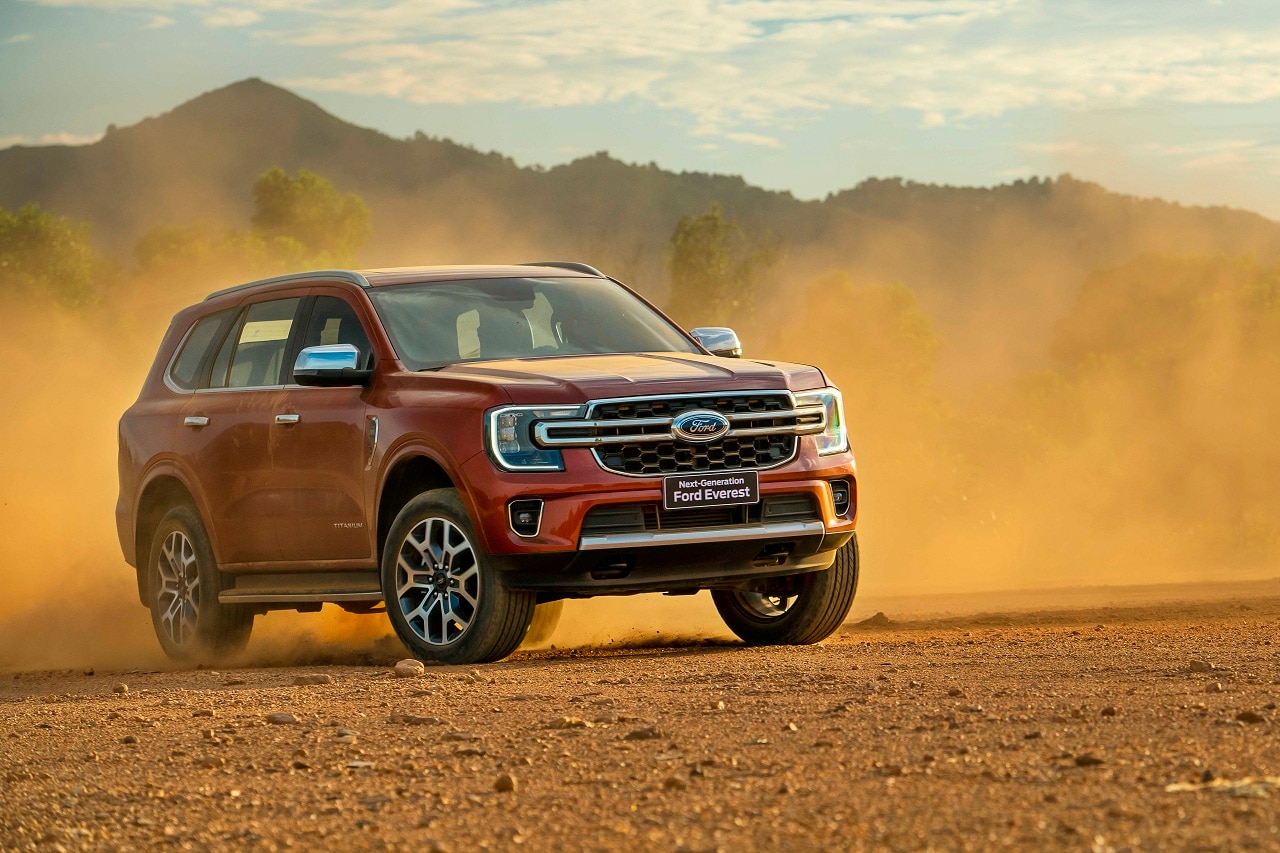
Innovative aerodynamic design reduces wind noise and reduces cabin noise to comfortable levels.
“With advanced computer-aided design (CAD) modeling, Ford engineers ensured that wind noise was minimized and quiet was achieved throughout the cabin, allowing for easy conversation and increased comfort for all occupants.”
According to Grice, a quiet cabin not only means Everest customers have a refined experience on board, but when they arrive at their destination, they are comfortable, refreshed and healthy to continue their journeys and activities afterwards.
More and more sophisticated
Automakers spend hundreds of hours inside wind tunnels, using computers, microphones, and their ears to figure out how to reduce wind noise in cars.
“Wind noise is one of the factors that customers judge the refinement and quality of a vehicle,” said Mark Thompson, NVH engineer for the Ranger Everest at Ford Australia. “We spent a lot of time on the Everest studying the turbulence and wind noise that the vehicle encounters during operation, so we can enhance the comfort and convenience for vehicle users.”
According to Thompson, creating a large, wide SUV like the Everest is no easy task, especially when it comes to minimizing wind noise. However, with the support and dedication of Ford’s aerodynamics and design teams, the NVH engineering team has made smart improvements to reduce the amount of wind noise that can be heard inside the cabin of the New Generation Everest.
Wind noise reduction
Thompson said the front windshield, side windows and rearview mirrors were key focus points for the engineering team when it came to minimizing wind noise.
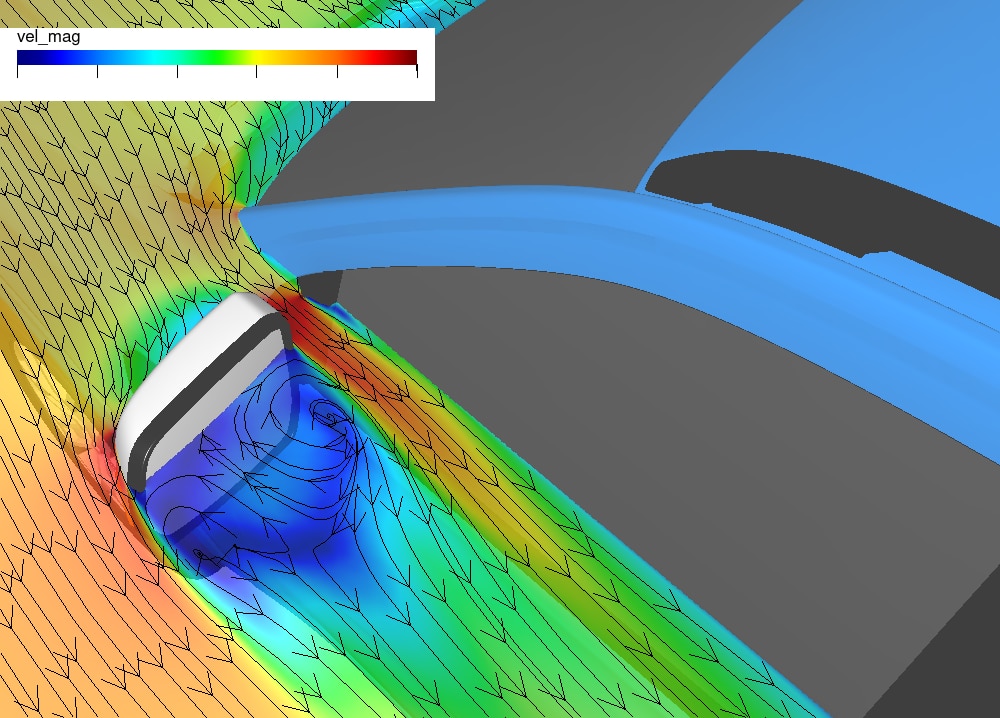
Cross section of the airflow around the mirror showing the noise-blocking effect: The design of the mirror housing and mirror base creates a fast-moving airflow, separating the rearview mirror from the side window. This helps prevent wind noise generated by the rearview mirror from entering the vehicle cabin. (Note: Red = Fast-moving air; Blue = Slow-moving air)
“During operation, any location on the vehicle exposed to turbulent air, such as on the front windshield, will generate noise.”
Thompson says the team designed an “air ramp” on the hood (located close to the windshield) to help turbulent air flow over the windshield as quickly as possible. This ridge on the hood compresses and accelerates the airflow over the windshield, reducing wind noise inside the cabin.
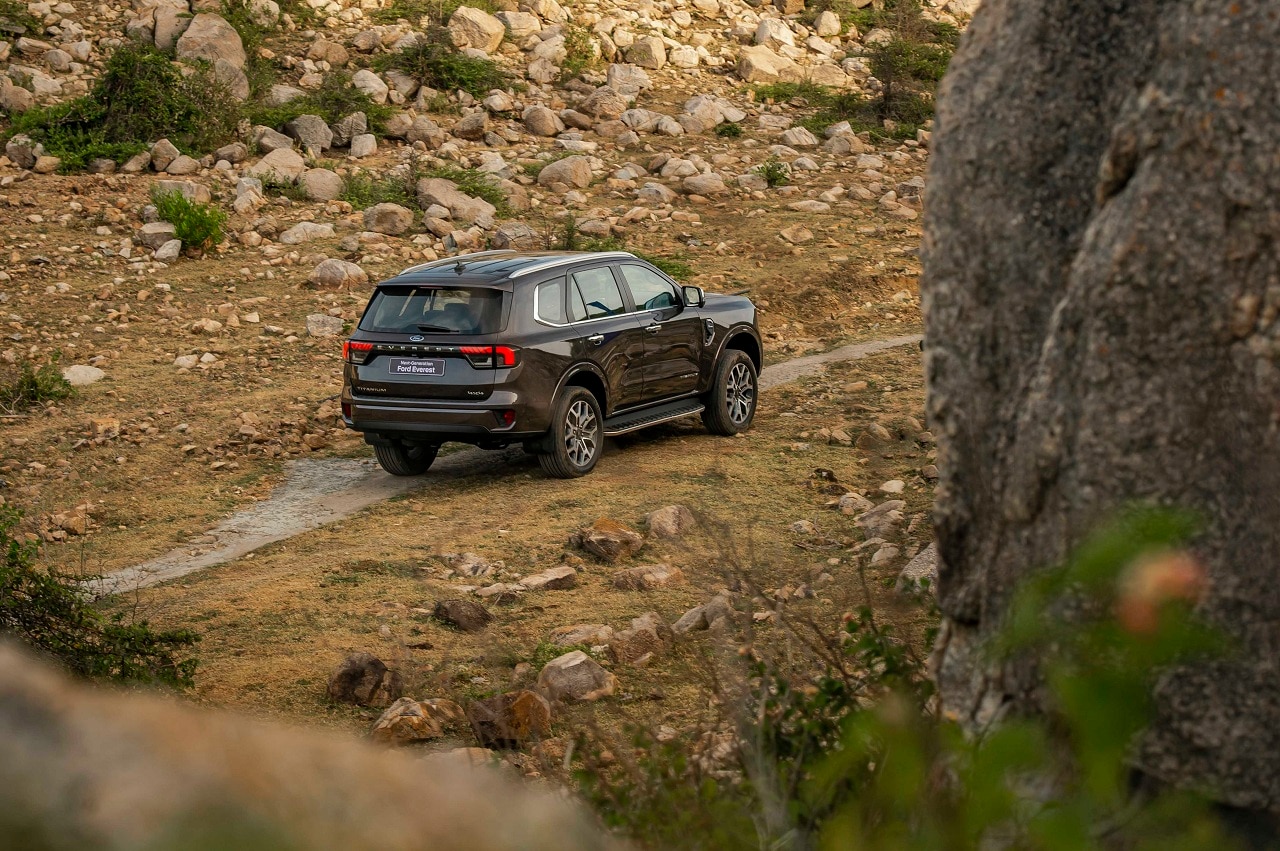
At the junction between the mirror cluster and the A-pillar, curved shaping lines have been added, this combined with all the other small tweaks, has helped to reduce noise and not let the noise concentrate at one point, thereby making the Everest a quieter and more relaxing vehicle for the driver and passengers.
“Similarly, along the A-pillar, the reshaped rainwater drains, and the overall reduced height of the A-pillar all help reduce cabin noise,” Thompson added.
“We also looked at the relative position of the doors to the A-pillar and together with the Design team we made sure the doors sat slightly behind the top edge of the A-pillar to help reduce wind noise on the side windows.”

The New Generation Ford Everest is one of the models with the most modern and youthful design in the segment.
Thompson says the team didn’t stop there, they also looked at the shape of the Everest’s side mirrors, which are often a major source of wind noise in cars. “We worked with our Aerodynamics and Design team to come up with a shape that everyone was happy with,” Thompson says.
“Where the mirror cluster meets the A-pillar, we added curved lines, which combined with all the other small tweaks, has helped to reduce noise and prevent it from concentrating in one spot, making the Everest a quieter and more relaxing vehicle for driver and passengers,” Thompson concluded.
Vietnam.vn


![[Photo] Prime Minister Pham Minh Chinh starts construction of vital highway through Thai Binh and Nam Dinh](https://vphoto.vietnam.vn/thumb/1200x675/vietnam/resource/IMAGE/2025/5/12/52d98584ccea4c8dbf7c7f7484433af5)

![[Photo] Prime Minister Pham Minh Chinh works with the Standing Committee of Thai Binh Provincial Party Committee](https://vphoto.vietnam.vn/thumb/1200x675/vietnam/resource/IMAGE/2025/5/12/f514ab990c544e05a446f77bba59c7d1)
![[Photo] Prime Minister Pham Minh Chinh receives Swedish Minister of International Development Cooperation and Foreign Trade](https://vphoto.vietnam.vn/thumb/1200x675/vietnam/resource/IMAGE/2025/5/12/ae50d0bb57584fd1bbe1cd77d9ad6d97)




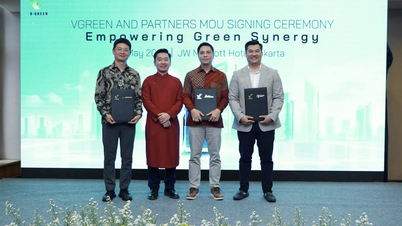
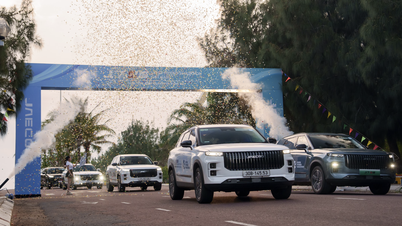









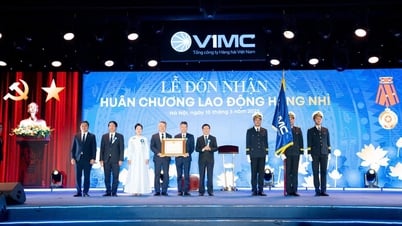























































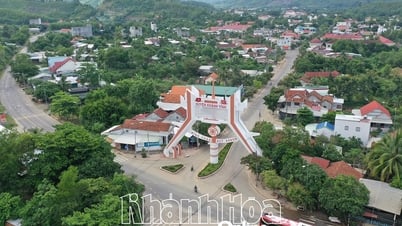














Comment (0)